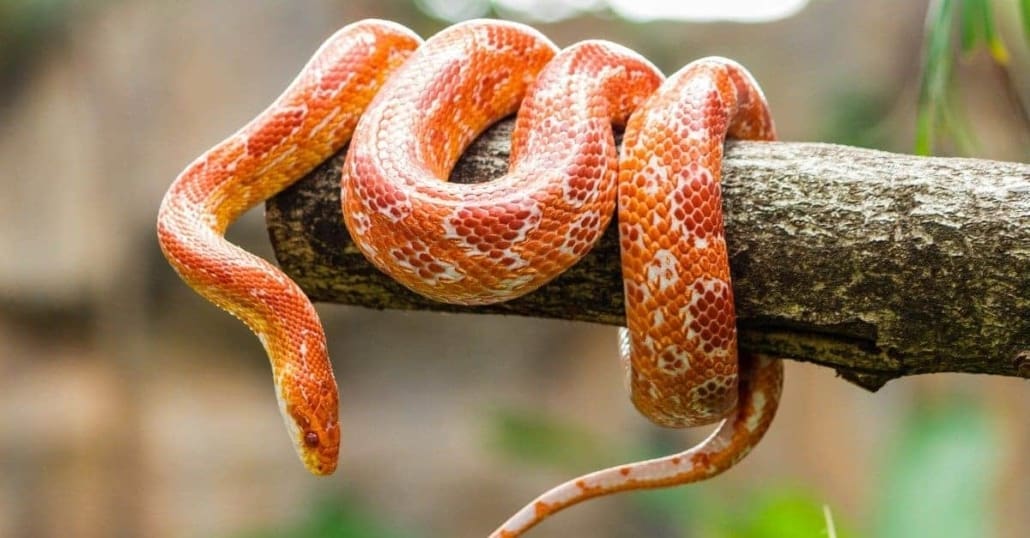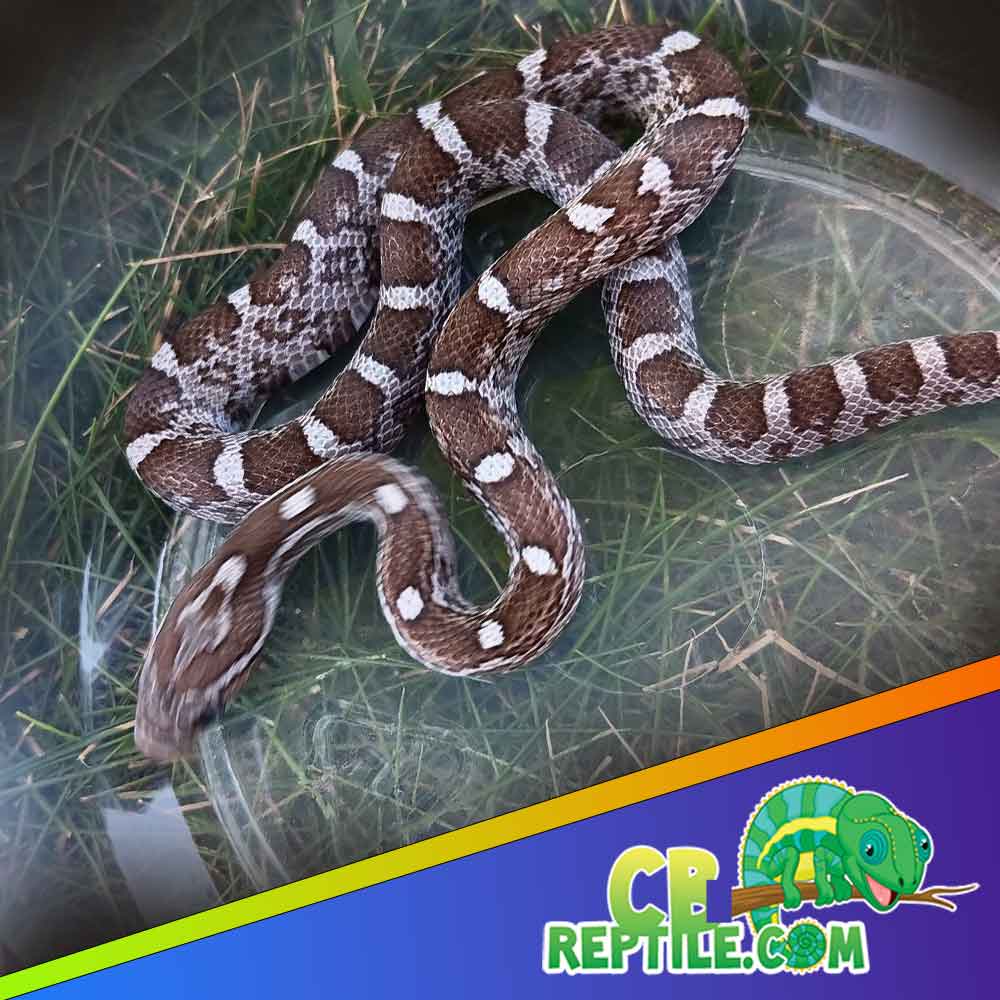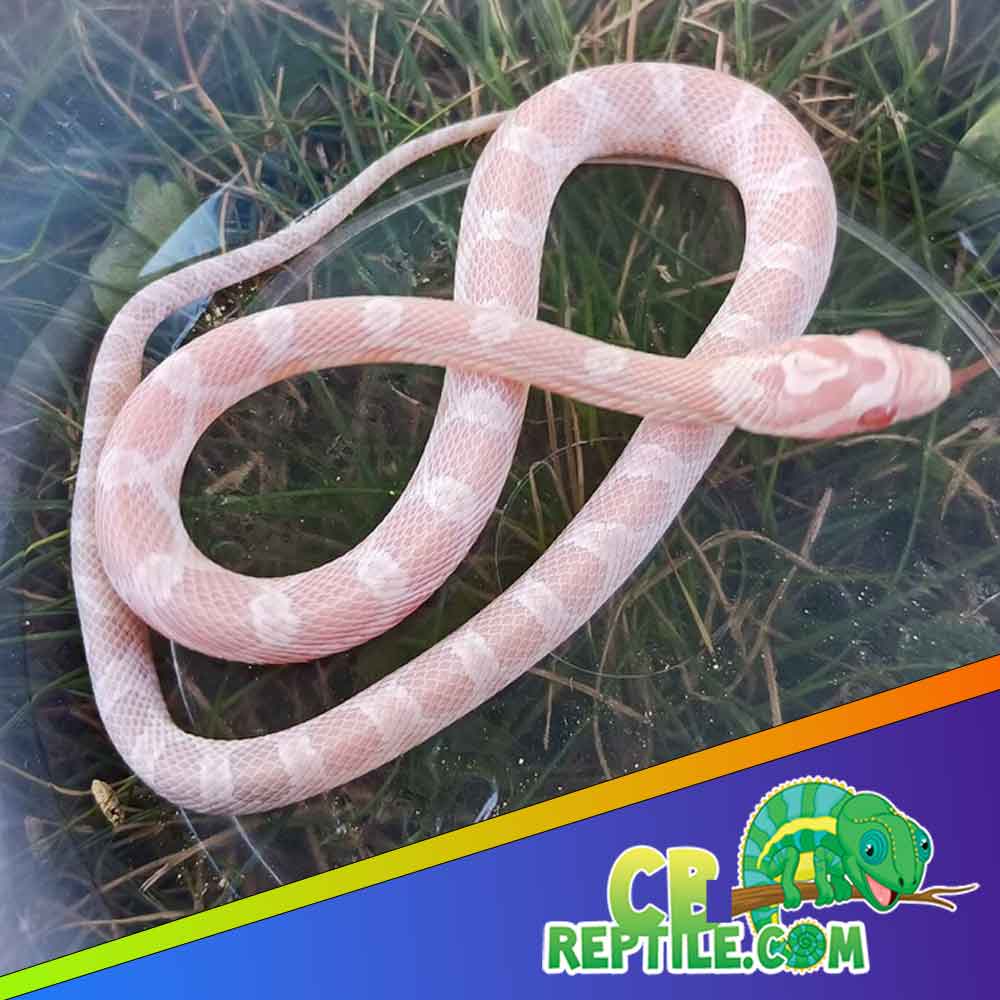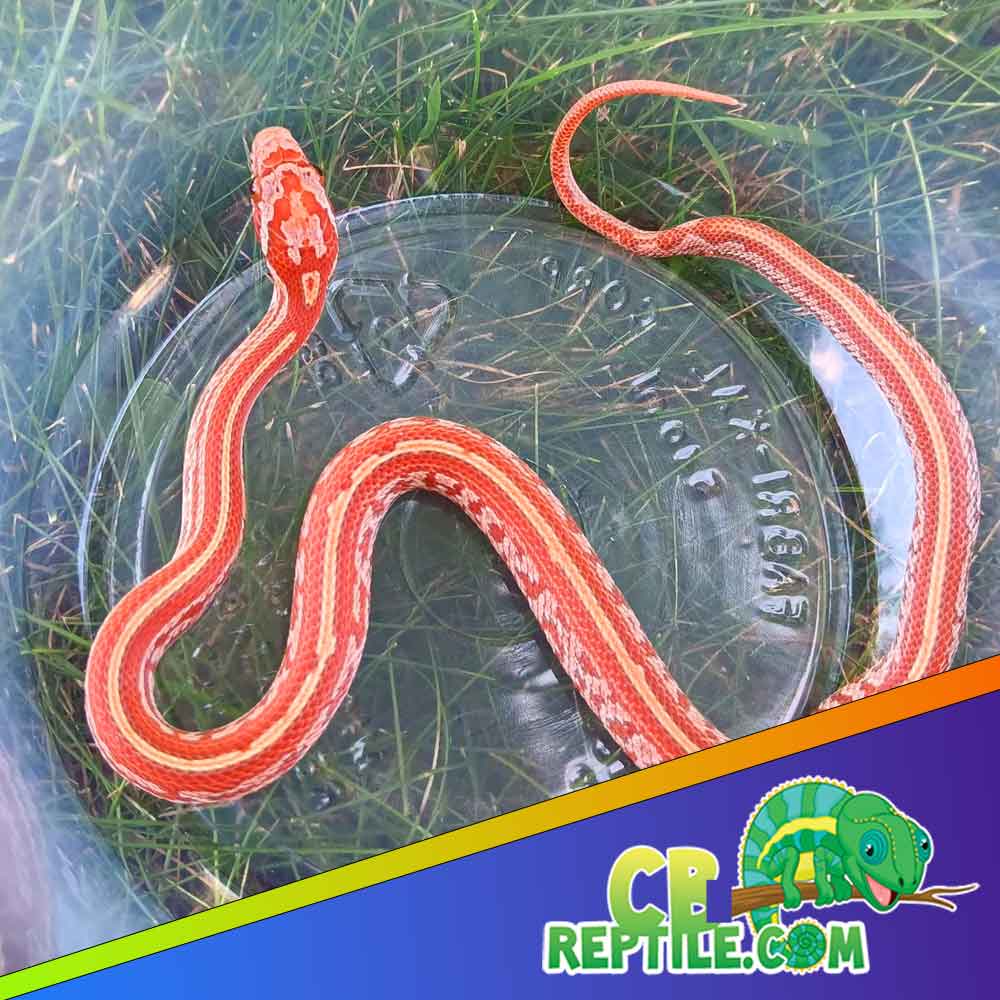Corn Snake Breeding: A Happy Keeper’s Guide
Corn snakes are some of the most rewarding reptiles to care for, thanks to their gentle nature, manageable size, and vibrant color morphs. If you’ve ever wondered about corn snake breeding—from habitat setup to egg incubation and raising babies—this cheerful guide will walk you through every step.

The foundation of success begins with healthy, captive-bred snakes. For more than a decade, CBReptile.com has been known as the best source of captive-bred corn snakes in the USA, offering strong genetics, excellent health, and lifetime support. If you’re ready to start your journey, explore available corn snakes for sale from trusted professionals who truly care.
Why Breed Corn Snakes?

Breeding corn snakes is exciting because of the incredible variety of morphs and colors that can be produced. From snow to anery to motley patterns, corn snakes are a genetic rainbow. With proper planning, breeders can anticipate which traits may appear in clutches. Beyond the fun of morphs, breeding allows keepers to contribute to a healthy, captive-bred population and share the joy of these snakes with others.
Habitat Setup for Breeding Success

Whether you’re breeding or just keeping corn snakes as pets, habitat design is essential. A safe, clean, and enriching environment keeps your snakes healthy and ready to breed.
Enclosure Size & Design
Adults thrive in 40-gallon enclosures (36–48″ long). During breeding season, you’ll need space for a pair to interact and later a separate enclosure for the gravid female. Hatchlings start best in smaller tubs or 6–10 quart enclosures until they grow.
Substrate & Furnishings
Aspen shavings, paper bedding, or cypress mulch work well. Provide two hides—one warm and one cool—along with climbing branches, cork bark, and foliage. Always include a sturdy water dish large enough for soaking. Décor creates comfort and encourages natural behaviors.
Temperature & Heating
Corn snakes are ectothermic, so they need a thermal gradient to regulate body temperature. A thermostat-controlled heat source is vital for safety.
- Warm side: 85°F (surface temperature).
- Cool side: 75°F.
- Night: 70°F is acceptable.
Under-tank heating pads or heat tape work well for belly heat. Ceramic heat emitters can be used in cooler rooms to maintain steady temps.
Lighting & Humidity

While corn snakes don’t require UVB lighting, a consistent 12-hour day/night cycle helps regulate activity. Humidity levels should stay around 40–50%, with a small increase during shedding. A moist hide with damp sphagnum moss supports complete sheds. When breeding, females especially appreciate proper hydration to aid egg production.
Nutrition: Feeding Adults & Babies
Nutrition is at the heart of breeding success. Captive-bred corn snakes from CBReptile.com are already feeding on frozen/thawed rodents, which makes feeding easy and stress-free.
- Adults: One appropriately sized rodent every 7–10 days. Pre-breeding females should be well-conditioned but not overweight.
- Hatchlings: Pinkie mice every 5–7 days once they complete their first shed.
The Breeding Process: Step by Step

Cooling (Brumation)
Many breeders cool their snakes in winter for 8–10 weeks at 60–65°F to simulate natural seasonal cycles. This helps trigger breeding behaviors in spring. Always ensure snakes are healthy and well-fed before cooling.
Pairing
In spring, after warming them back up, introduce the male to the female’s enclosure. Courtship and mating usually happen quickly. Always monitor interactions, and never leave pairs unattended for long periods.
Egg-Laying
Provide an egg-laying box with moist vermiculite or sphagnum moss. A gravid female will seek this site to deposit her eggs. Once laid, carefully move the eggs to an incubator.
Incubation
Incubate eggs at 80–84°F with high humidity. Eggs typically hatch in 55–65 days. During this time, label clutches with date and parent information to keep track of genetics.
Raising Baby Corn Snakes
Baby corn snakes are tiny but hardy when given proper care. House them individually to prevent stress and track feeding. Provide small hides, fresh water, and offer pinkie mice once they shed. Handle them gently and frequently to establish calm, social behaviors.
When you start with babies from CBReptile.com, you gain the peace of mind that they’ve already been feeding well, are parasite-free, and come from healthy parents. This makes raising them much smoother and happier for both you and the snake.
Importance of Buying From Real Breeders
The reptile hobby is healthiest when supported by professional breeders who prioritize animal welfare. Pet chain stores often source reptiles through mass suppliers, which can lead to poor health, stress, or feeding issues. Choosing experienced cornsnake breeders means your animal has received attentive care, proper nutrition, and early handling—all of which translate to a better pet and smoother breeding experiences.
Daily & Weekly Care for Breeders
- Daily: Check temperatures, humidity, and fresh water. Spot-clean waste.
- Weekly: Feed, inspect health, and monitor females for signs of gravidity.
- Monthly: Deep-clean enclosures, rotate décor, and record breeding activity.
Happy Breeder’s Checklist
- Secure, escape-proof enclosures (40+ gallons for adults).
- Warm side ~85°F, cool side ~75°F, night ~70°F.
- Two hides per snake, plus branches and a water bowl.
- Humidity 40–50% with moist hide for shedding and egg-laying.
- Frozen/thawed rodents scaled to snake size.
- Cooling cycle before pairing, incubator for eggs.
- House hatchlings individually, feed pinkies weekly.
